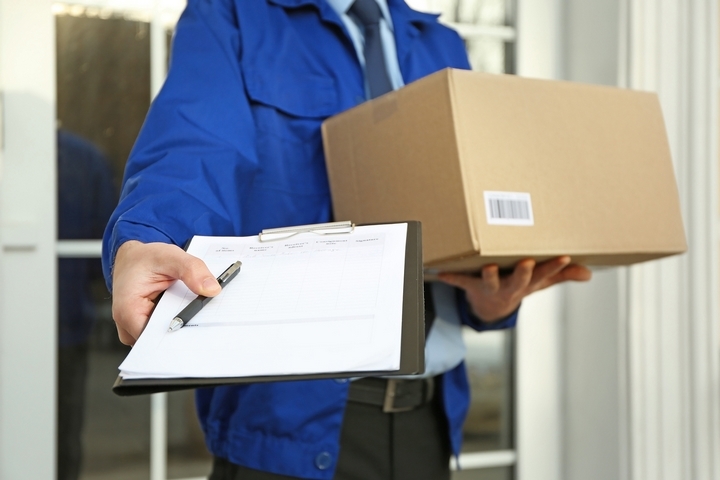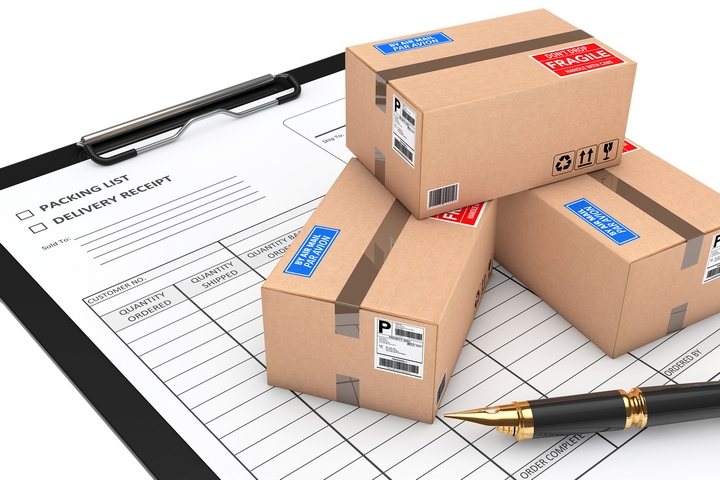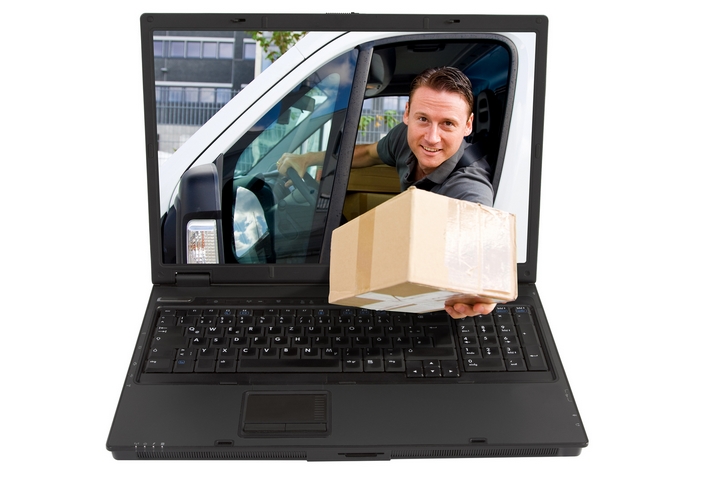Picture this! You have gone to extreme details to manufacture a quality product that customers love. You have subjected your product to stringent testing procedures to ensure the final product is of the highest quality possible.
To get your ‘masterpiece’ to the end user, there is one more hurdle you must overcome: shipping. Which is the most appropriate method to ship your product? You have three choices: airfreight, sea freight and container shipping, or courier service. You have to make a decision, quick.
The first place to start is to make sure you understand your shipping options, and then pick one that will help you maximize profits. Here are eight tips to help you determine the best way to ship your packages.
1. Draft a Shipping Strategy

The best way to ship a package is to create a plan in advance. No matter which ways you choose to ship your packages, a well-executed plan will help improve your shipping processes.
Different types of businesses require different shipping strategies unique to the nature of their trade. You need a business plan to run a business effectively. After coming up with a well-thought-out shipping plan, identify the most cost-effective and efficient shipping methods for your products.
2. Identify the Destination You Will Be Shipping To

You need to know where you are shipping your products. This will assist you in determining the shipping methods appropriate for products headed to that location. You can also narrow down your market to a specific location.
Find out if shipping to that location attracts charges that could increase the cost of your product. You will also need to establish if there are specific rules and regulations for products destined to that location.
3. Identify the Products You Are Shipping

After knowing where to ship to, next you need to know what to ship. Some items are extremely fragile and require careful handling when shipping. For instance, shipping a ceramic vase is different from shipping a leather jacket.
The packaging used for a vase must be strong and sturdy to withstand impact without damaging it. On the other hand, packaging and shipping a leather jacket does not require the same sensitivity. Fragile products attract a high damage risk and could interfere with the successful delivery of your product.
4. Understand the Stipulations of Shipping to Your Chosen Destination

Once you have your products ready to ship to a preferred destination, identify the rules and regulations governing shipping in that area. For instance, find out if your product is among those denied entry into the country.
Since ignorance is not a defence in court, knowing a country’s shipping rules and regulations protects you against unpleasant surprises. Check the destination country’s official website for a list of banned items.
5. Does the Carrier Offer Shipment Tracking?

Shipment tracking allows both the sender and the receiver to see the status of a parcel at any time during shipment. If the status shows there is a delay, you are able to follow up and seek clarification as to why your package is not moving.
6. Does the Carrier Offer Insurance?

If a carrier does not offer insurance, you will be constantly worried about the safety of your shipment. However, with comprehensive insurance, you are guaranteed of the security and safety of your package.
You won’t have to worry about your package getting lost or being damaged. Most shipping companies include insurance in the shipping fee. If they don’t, you can get one at an affordable cost. As a rule of thumb, insure any product valued over $200.
7. Cost of Shipping

Shipping costs greatly affect the pricing of your products. If you don’t know how much it costs to ship your product to a particular location, you might end up setting your product prices too high or too low. Price it too high and customers will shun it; set it too low and you will take a while to break even, if at all.
8. Consider Other Shipping Options

Before settling on one shipping company over another, compare their efficiency and cost to determine the best fit. When choosing a shipping method, weigh your options and settle on the most ideal for your business.
The best way to ship your package depends on a number of dynamics. These include having a shipping strategy, identifying the product and the shipping destination, and understanding guidelines for shipping to a particular destination. You should also establish if the shipping company uses a shipping tracker so you can know the state of your consignment during the shipping process. Other factors to consider include shipping cost, insurance, and the shipping method.
Making a shipping decision goes beyond the pricing of your product. You need to choose the most efficient, cost-effective shipping method; otherwise, you end up with losses you could have avoided.
There are no fixed rules about shipping a product. However, you can increase the chances your products will arrive on time and in the state they left your warehouse by observing the above eight shipping tips.

